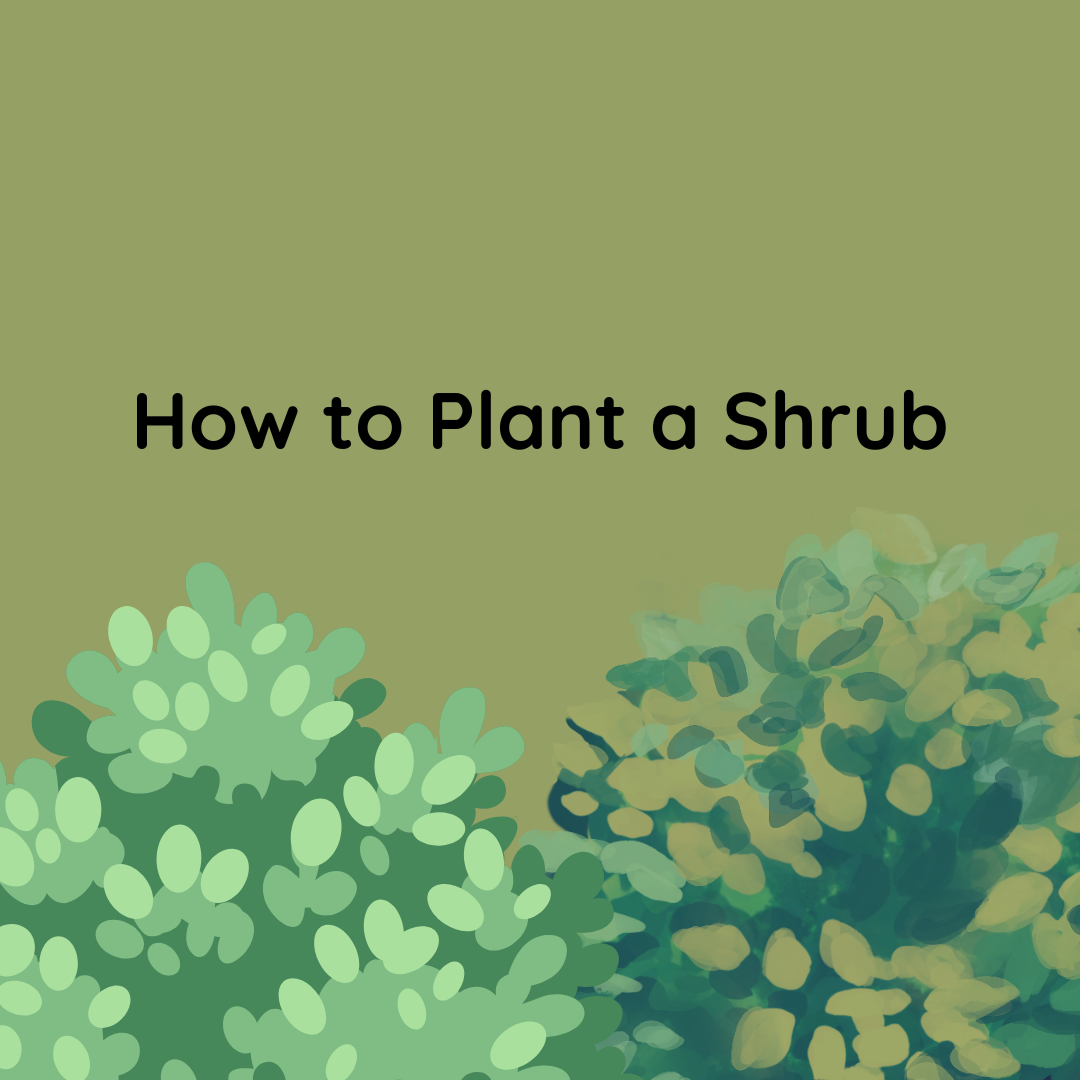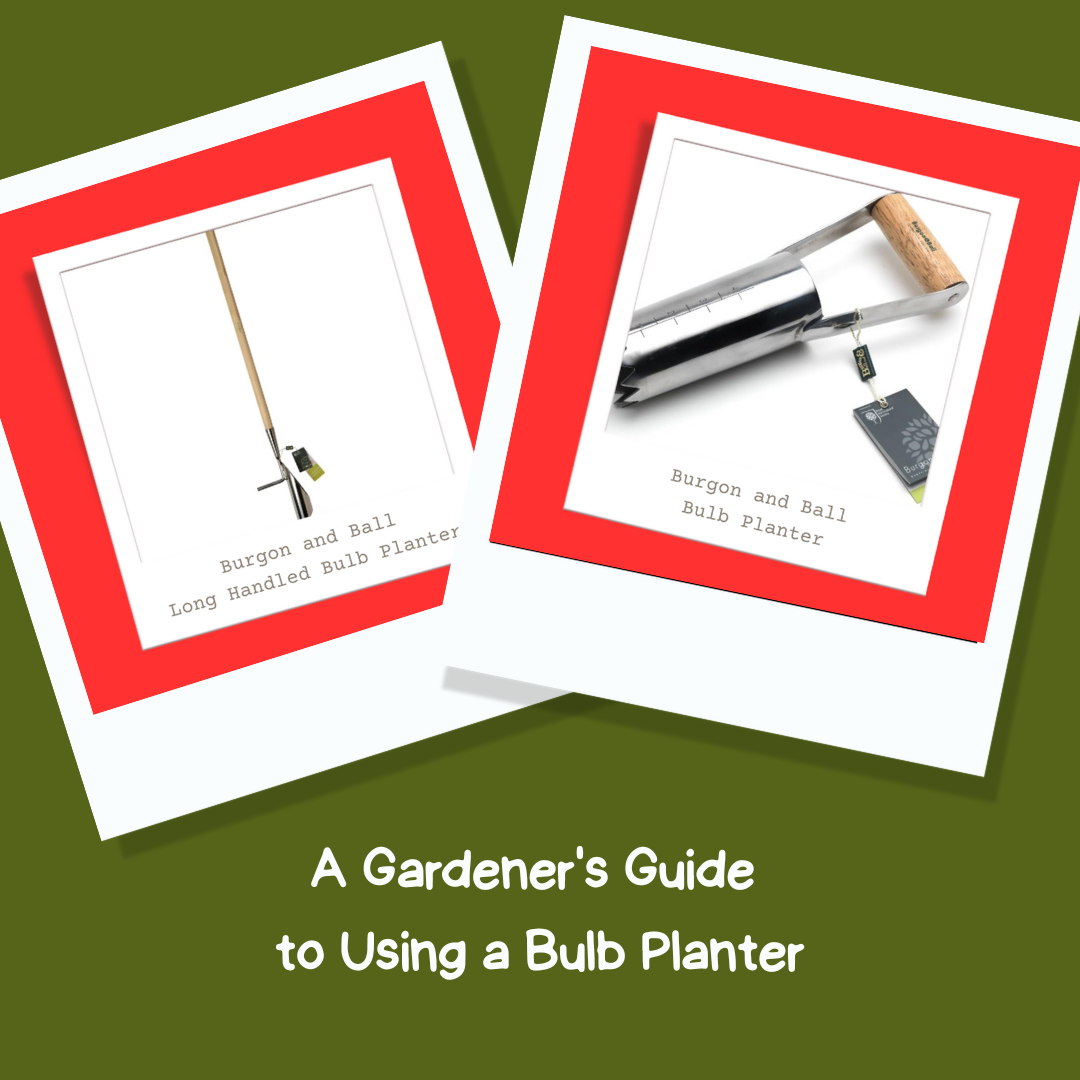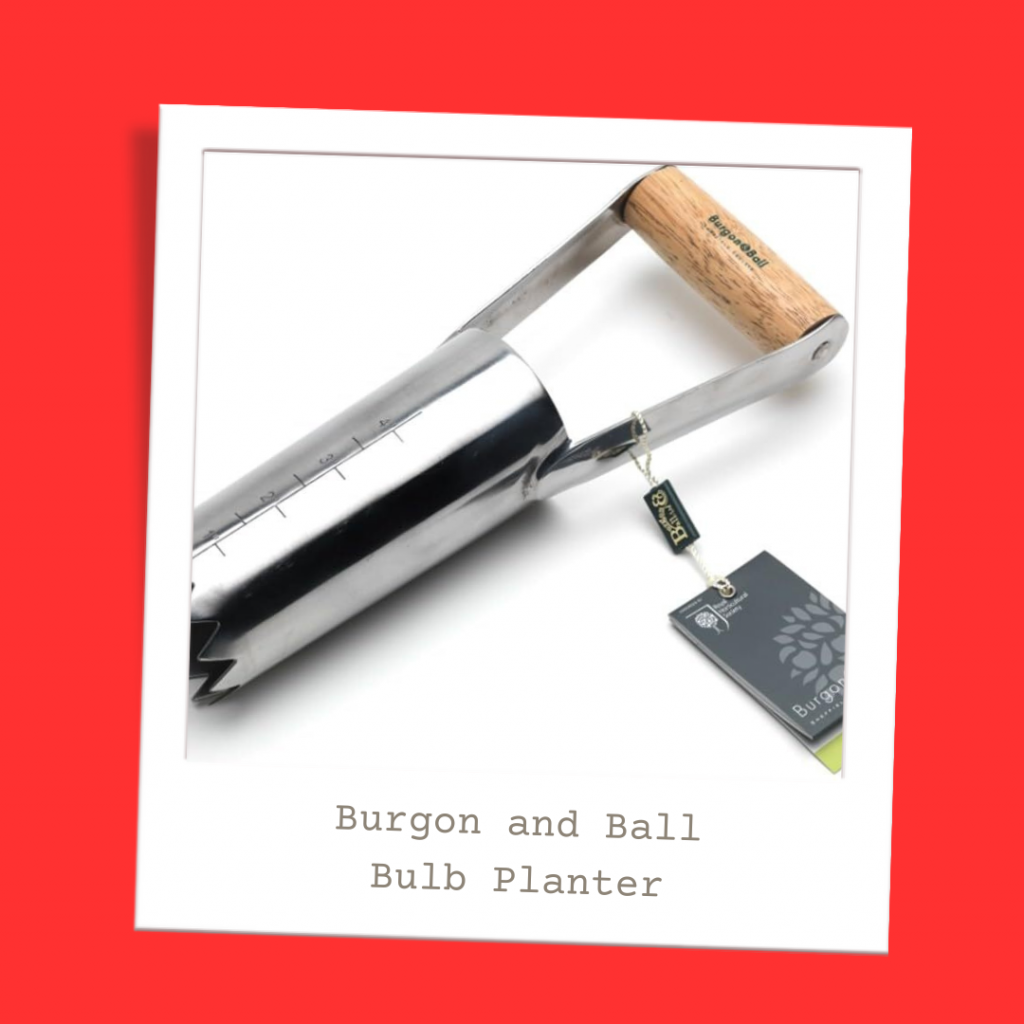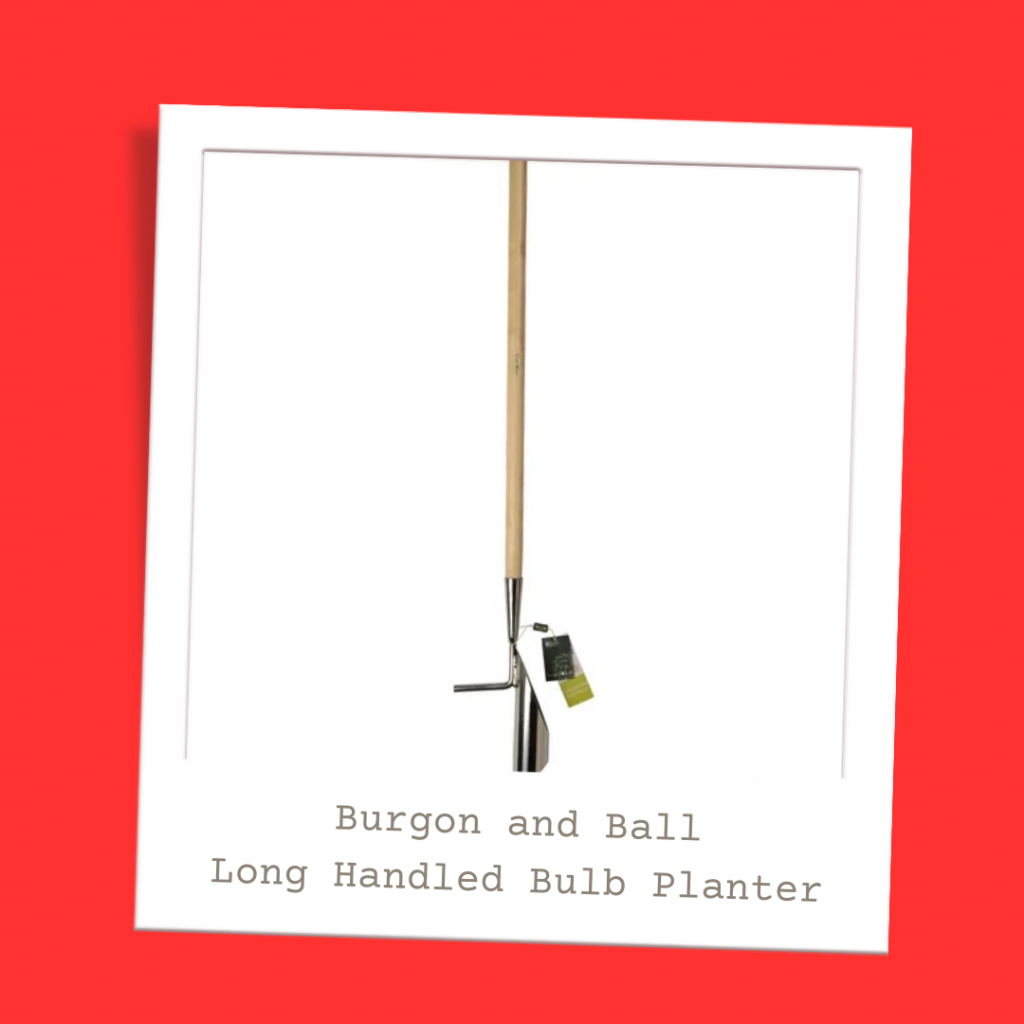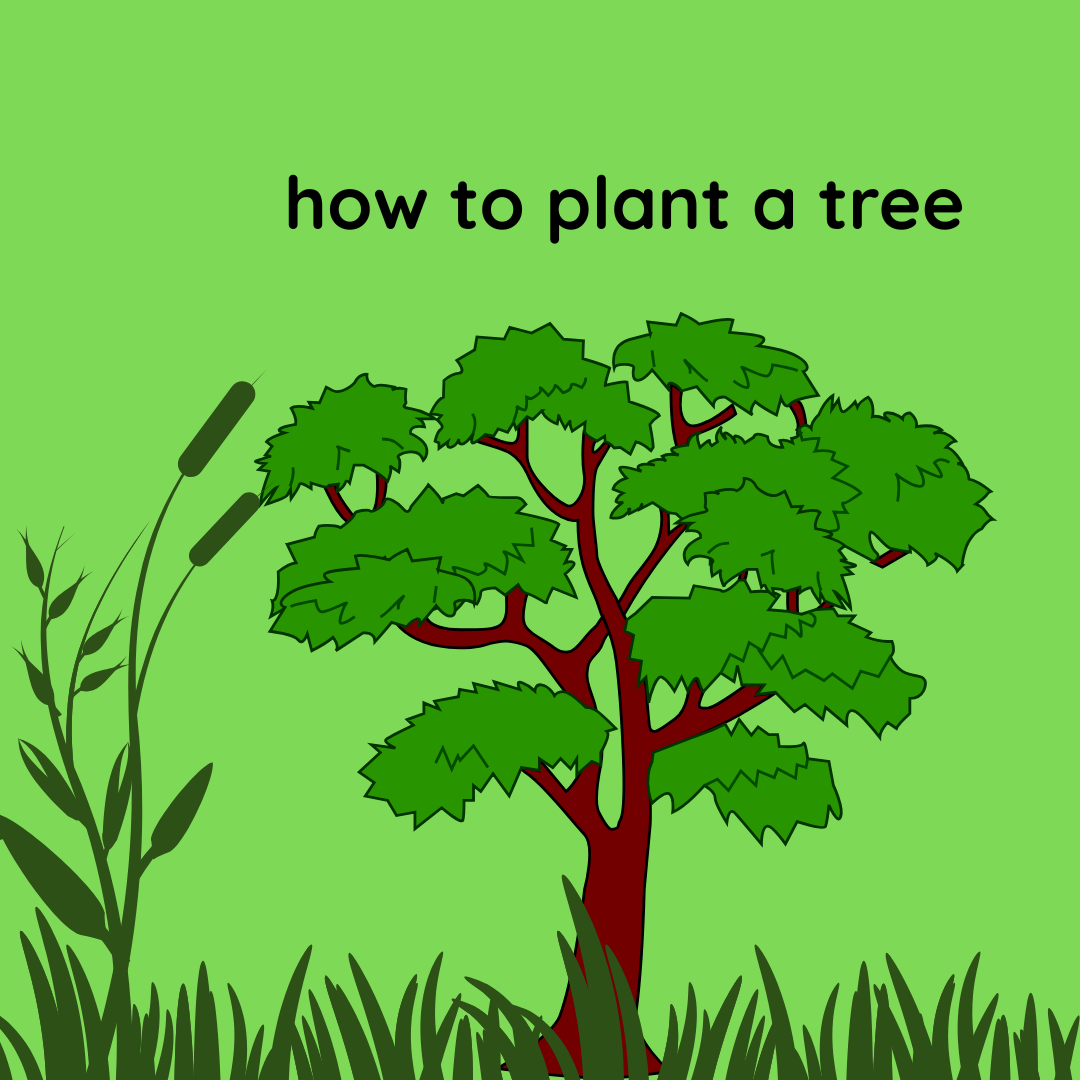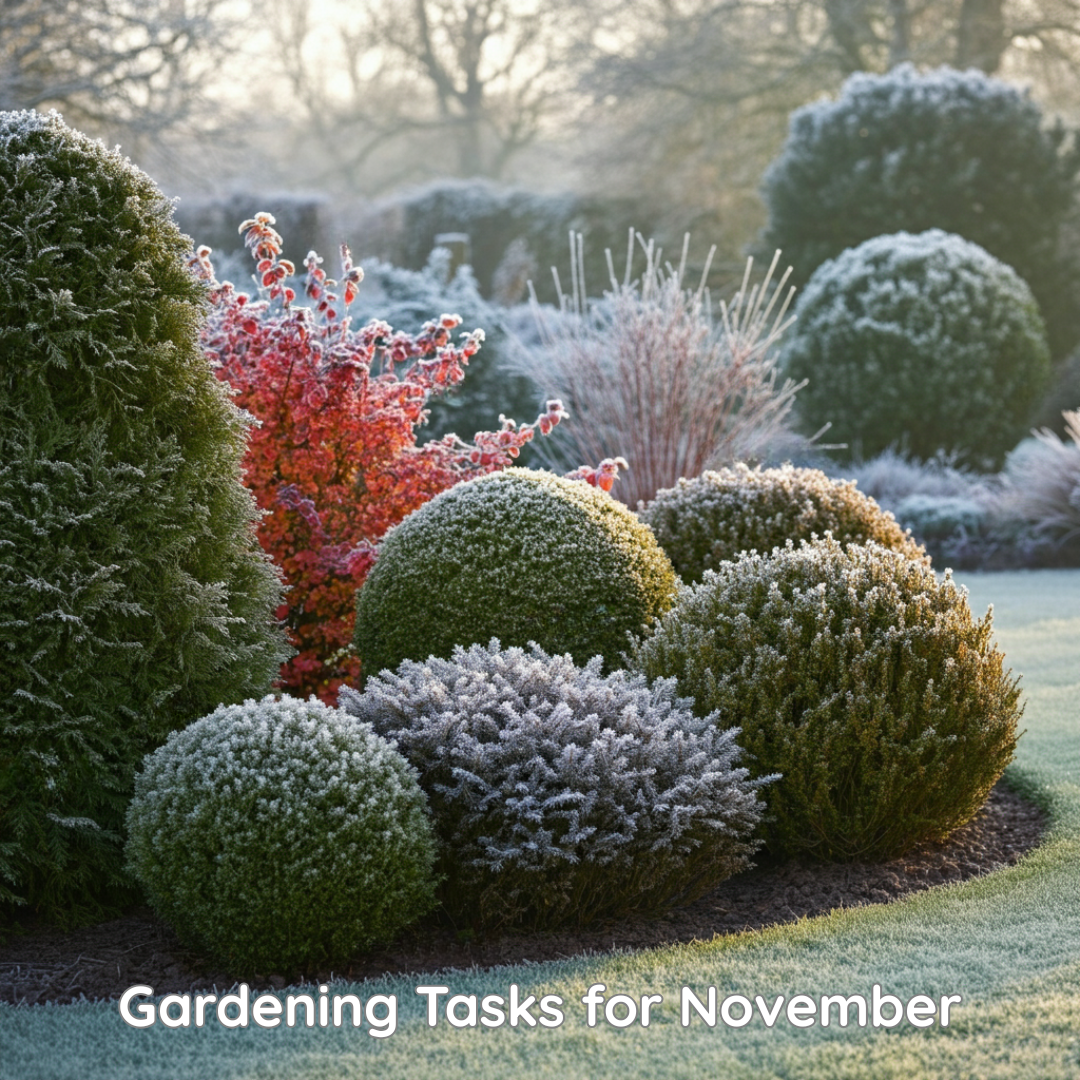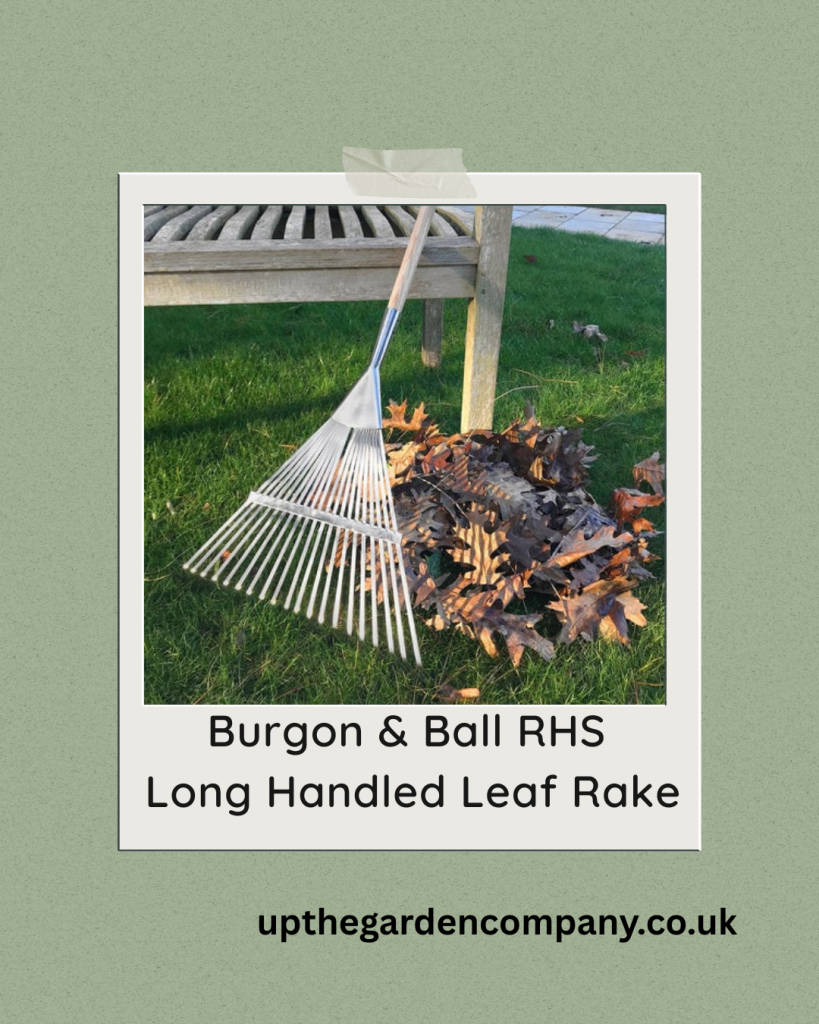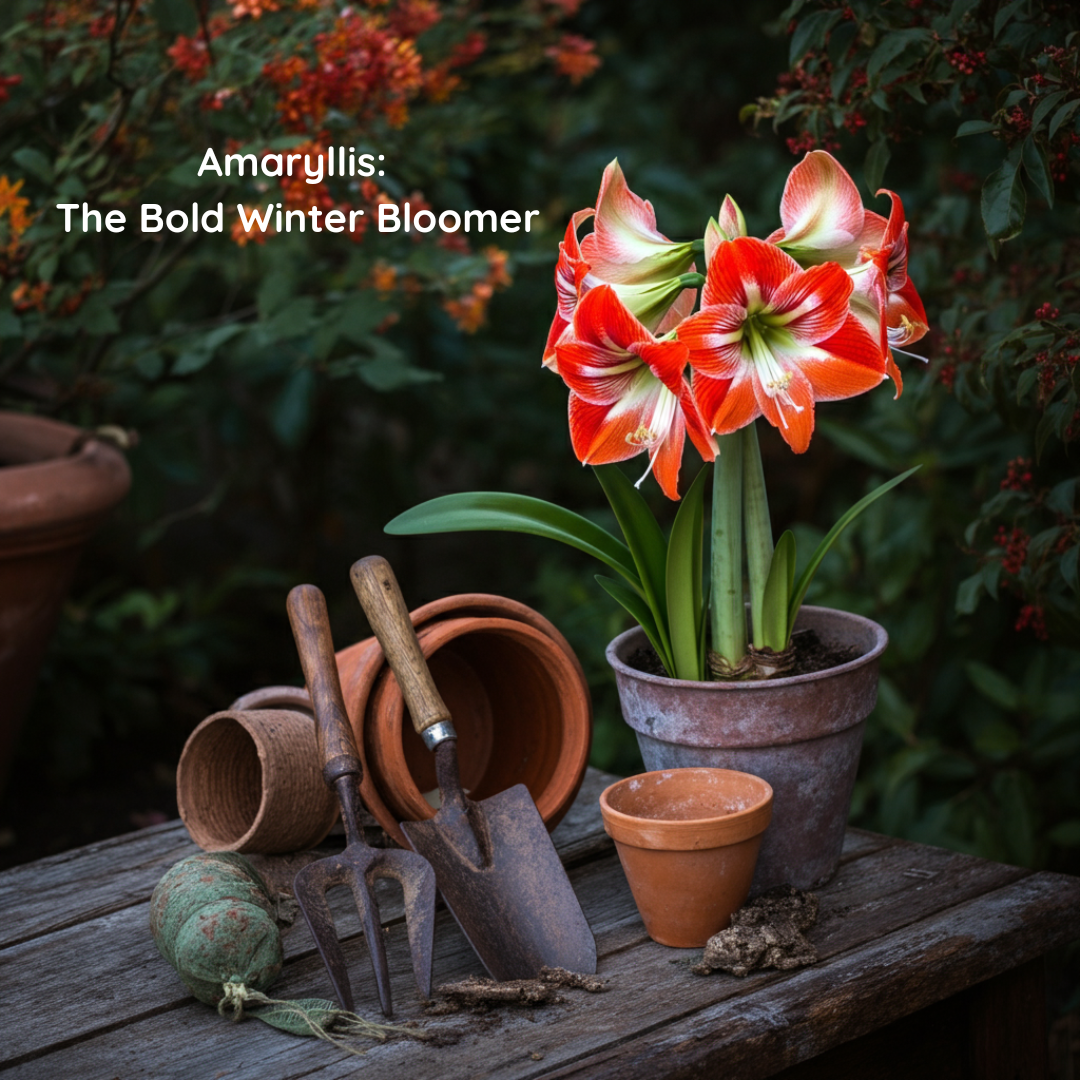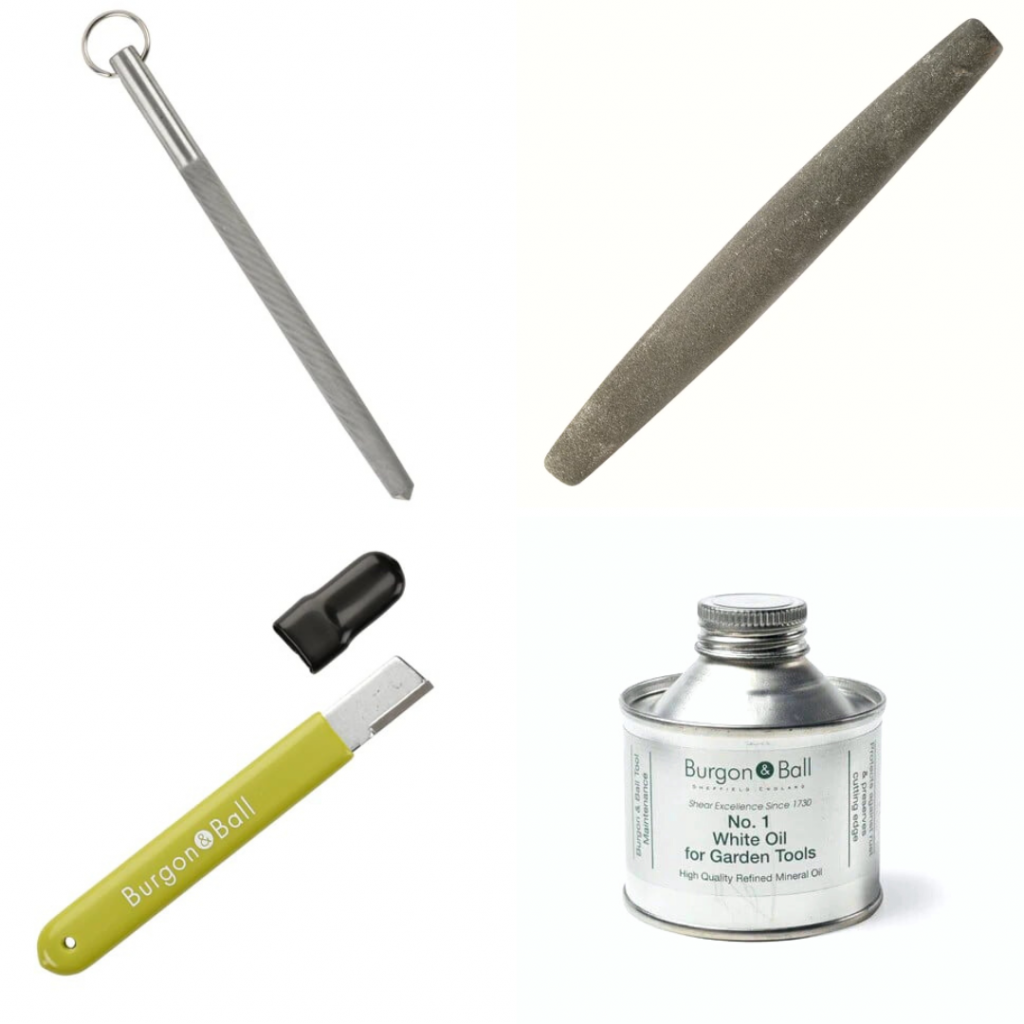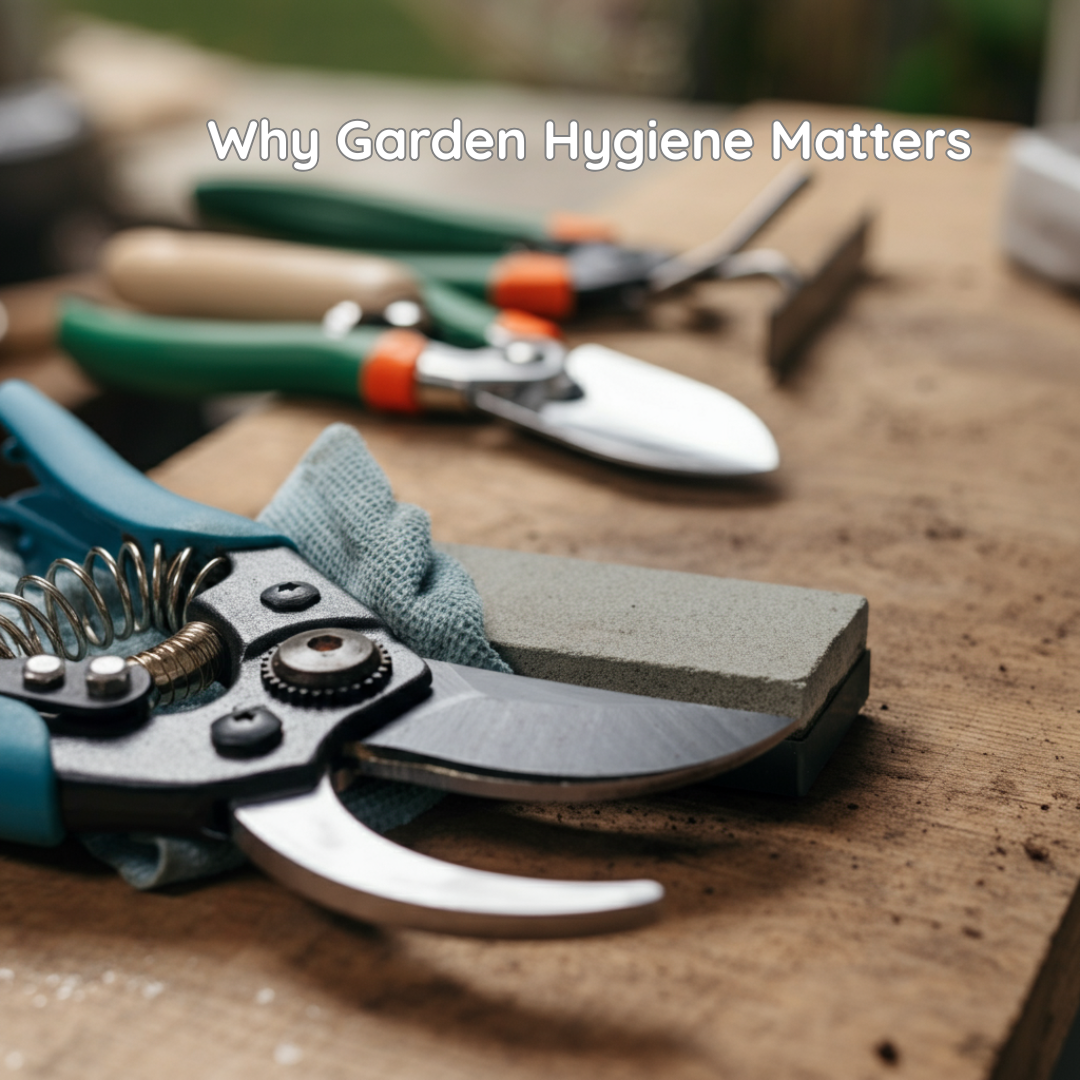A shrub can form the backbone of a garden or border. They provide structure, seasonal interest and a sense of permanence that few other plants can match. Whether you’re looking to fill a border, create privacy, or simply add year-round colour, understanding how to plant and care for shrubs will transform your outdoor space.
This guide will walk you through everything you need to know about planting shrubs in the UK—from choosing the right variety to ensuring it thrives for years to come.
What is a shrub?
A shrub is a woody plant that produces multiple stems from its base, distinguishing it from trees, which typically have a single trunk. Shrubs vary enormously in size, from compact varieties like lavender that reach just 30cm in height, to towering specimens such as certain rhododendrons that can grow over 4 metres tall.
They play a vital role in garden design. Deciduous shrubs like hydrangeas offer spectacular seasonal displays, whilst evergreens such as box and holly provide structure and greenery throughout the winter months. Some shrubs are grown for their flowers, others for their foliage or berries, and many for their ability to attract wildlife.
Historically, shrubs have been essential to the English landscape. The hawthorn, for instance, has been used for centuries in hedgerows across the countryside, whilst ornamental shrubs like roses have graced the gardens of stately homes since Tudor times. Today, they remain indispensable for gardeners seeking both beauty and practicality.
What to consider when purchasing a shrub
Selecting the right shrub requires careful thought. A plant that thrives in one garden may struggle in another, so it’s worth taking time to assess your space and needs before making a purchase.
The Height and width of a Shrub
Consider the mature size of the shrub, not just its appearance in the pot. A small plant may look modest at the garden centre, but could grow to dominate a border within a few years. Check the label for expected height and spread, and plan accordingly. If you’re planting near a path or window, choose compact varieties. For the back of a border or screening, opt for taller specimens.
Climate and hardiness
The UK climate varies considerably, from the mild, wet conditions of the south-west to the colder, drier winters of the north and east. Choose shrubs suited to your local conditions. Tender varieties like citrus or hibiscus may struggle in frost-prone areas, whilst hardy shrubs such as viburnum and cotoneaster can withstand harsh winters.
Pay attention to the plant’s hardiness rating. Most labels will indicate whether a shrub is fully hardy, frost-hardy or requires winter protection.
Colours and seasonal interest of a Shrub
Think about what you want from your shrub throughout the year. Spring-flowering varieties like forsythia and magnolia offer early colour, whilst autumn shrubs such as euonymus provide fiery foliage. Evergreens like yew and holly maintain their appearance year-round, making them ideal for structural planting.
If you’re designing a mixed border, consider how the shrub’s colour will complement surrounding plants. A vivid red Japanese maple, for example, can create a striking focal point, whilst softer hues like the silver foliage of artemisia blend harmoniously with perennials.
Soil type
Different shrubs have different soil preferences. Acid-loving plants like rhododendrons, camellias, and pieris require ericaceous soil with a pH below 7. They will struggle—or fail entirely—in alkaline conditions. Conversely, shrubs like lilac and mock orange prefer neutral to slightly alkaline soil.
Before purchasing, test your soil’s pH using a simple kit from a garden centre. If your soil doesn’t suit your chosen shrub, consider planting in containers filled with the appropriate compost, or amend the soil with organic matter to adjust its pH.
Sunlight requirements
Most shrubs have specific light preferences. Sun-lovers like cistus and lavender need at least six hours of direct sunlight daily to flower well. Shade-tolerant varieties such as mahonia and skimmia thrive in dappled or full shade, making them perfect for north-facing borders or woodland gardens.
Observe your garden throughout the day to understand where the sun falls, and match your shrub to the conditions.
How to plant a shrub
Planting a shrub correctly gives it the best possible start. Follow these steps to ensure success.
Choose the right time to plant a Shrub
The optimal planting window in the UK is during the dormant season, from late autumn to early spring (November to March). During this period, the soil is still warm enough to encourage root growth, but the plant isn’t expending energy on leaves or flowers. Avoid planting during periods of frost or waterlogged conditions.
Container-grown shrubs can technically be planted year-round, but they’ll require more frequent watering if planted in summer.
Prepare the site
Select a location that meets the shrub’s requirements for light, soil, and space. Clear the area of weeds, as these will compete with your shrub for nutrients and water.
Dig a hole approximately twice the width of the root ball and just as deep. This allows the roots to spread easily into the surrounding soil. If your soil is heavy clay, consider incorporating organic matter such as well-rotted compost or manure to improve drainage. For sandy soils, organic matter will help retain moisture.
Remove the shrub from its pot
Gently ease the shrub out of its container. If the roots are tightly bound (a condition known as being “pot-bound”), tease them apart with your fingers or make a few vertical cuts with a knife. This encourages the roots to grow outwards into the soil rather than continuing to circle.
Position and plant
Place the shrub in the hole, ensuring the top of the root ball is level with the surrounding soil. Planting too deep can cause the stem to rot, whilst planting too shallow exposes the roots.
Backfill the hole with the excavated soil, firming it gently with your hands or feet to eliminate air pockets. Avoid compacting the soil too much, as this can hinder root growth.
Water thoroughly
After planting, water the shrub generously to settle the soil around the roots. Even in wet weather, this initial watering is essential. Apply a 5–7cm layer of mulch (such as bark chippings or compost) around the base of the shrub, keeping it a few centimetres away from the stem. Mulch helps retain moisture, suppress weeds, and regulate soil temperature.
How to care for a shrub
Once planted, shrubs require ongoing care to remain healthy and attractive.
Watering a Shrub
Newly planted shrubs need regular watering during their first growing season, especially in dry spells. Water deeply once or twice a week rather than little and often, as this encourages deep root growth. Established shrubs are generally more drought-tolerant, though they may still need watering during prolonged dry periods.
Feeding A Shrub
Most shrubs benefit from an annual feed in early spring. Use a general-purpose fertiliser or one tailored to the shrub’s needs (such as ericaceous feed for acid-lovers). Spread the fertiliser around the base of the plant and water it in well.
Pruning A Shrub
Pruning keeps shrubs healthy, encourages flowering, and maintains an attractive shape. However, different shrubs require different pruning techniques and timings.
Spring-flowering shrubs (such as forsythia and flowering currant) should be pruned immediately after flowering. These plants produce flowers on the previous year’s growth, so pruning too late will remove next year’s buds.
Summer-flowering shrubs (such as buddleia and hydrangea) can be pruned in late winter or early spring, as they flower on new growth produced during the current season.
Evergreen shrubs like box and privet can be trimmed in late spring or summer to maintain their shape.
Always use sharp, clean secateurs or shears to make clean cuts. Remove dead, diseased, or crossing branches first, then shape the plant as desired. If you’re unsure when to prune a particular shrub, check its label or consult a reliable gardening resource.
Mulching
Refresh the mulch layer annually in spring to suppress weeds and retain moisture. This simple task significantly reduces maintenance throughout the year.
A garden shaped by shrubs
Planting a shrub is one of the most rewarding tasks a gardener can undertake. They grow steadily, require relatively little maintenance once established, and offer beauty in every season. From the cheerful yellow blooms of forsythia in spring to the ruby-red berries of cotoneaster in winter, shrubs bring life and structure to any garden.
By choosing the right plant, planting it carefully, and providing appropriate care, you’ll enjoy years of colour, texture and interest. So pick up your spade, select a shrub that speaks to you, and watch your garden flourish.
Further Reading: Mast Years: Why They Happen and Their Impact, RHS How to Plant a Shrub, How to Plant a Tree
Inspiration: Follow Us on Instagram, Threads, BlueSky, Twitter, TikTok and Pinterest.
